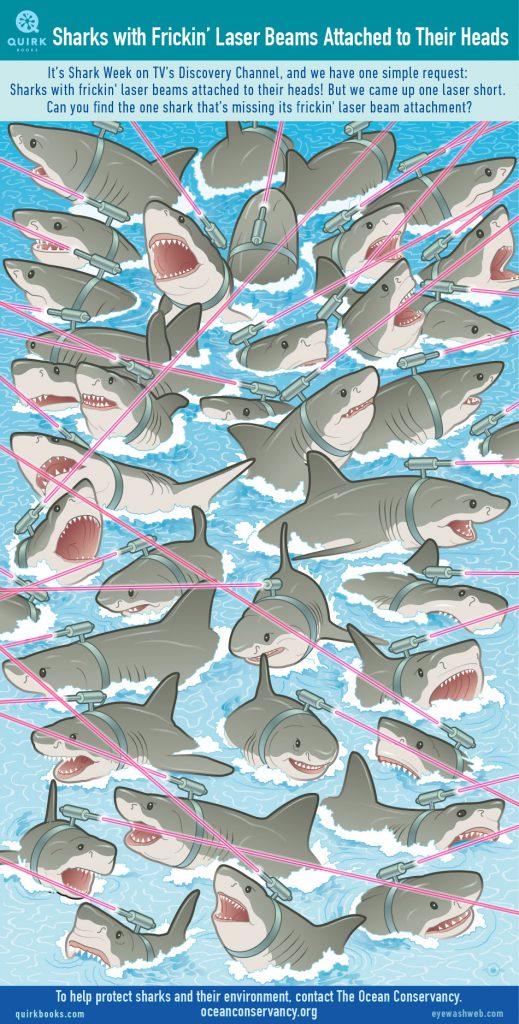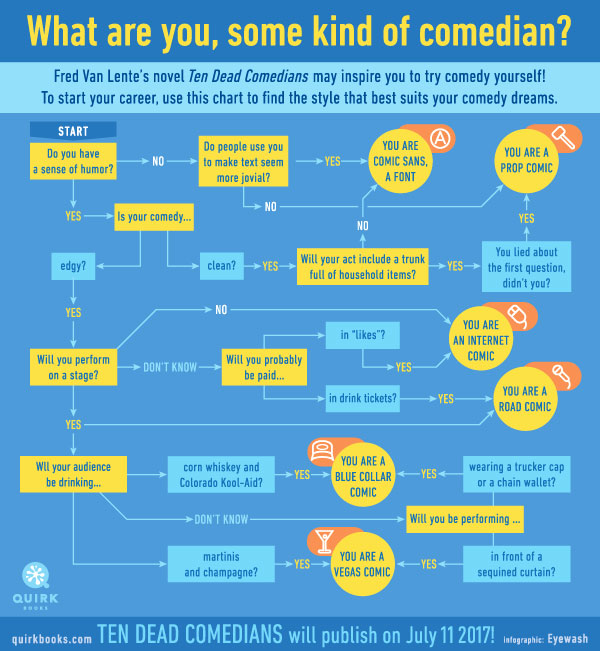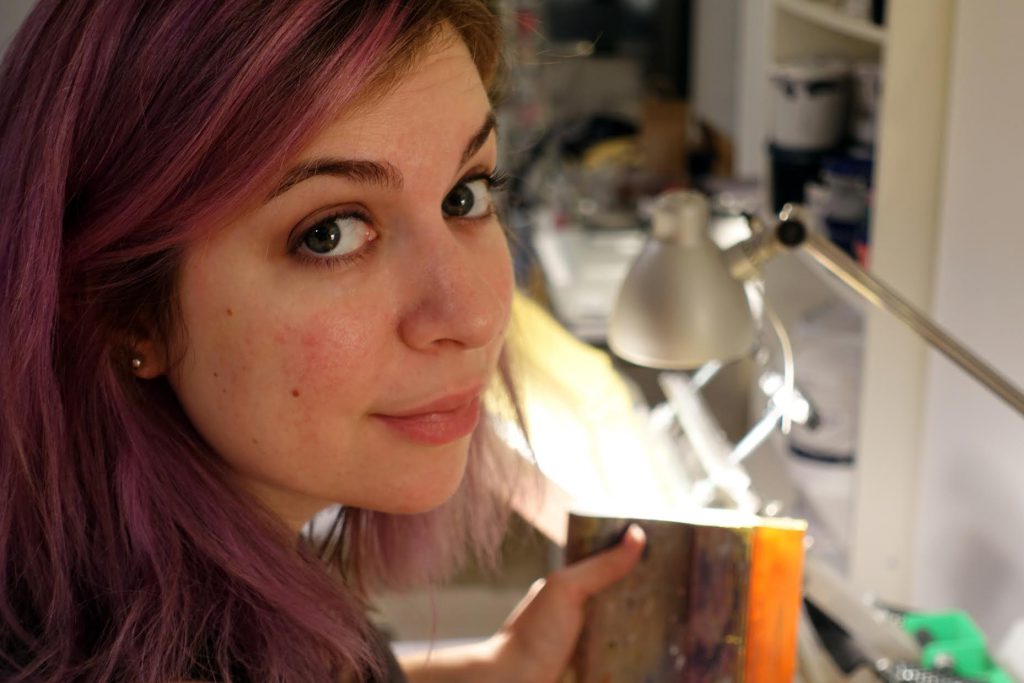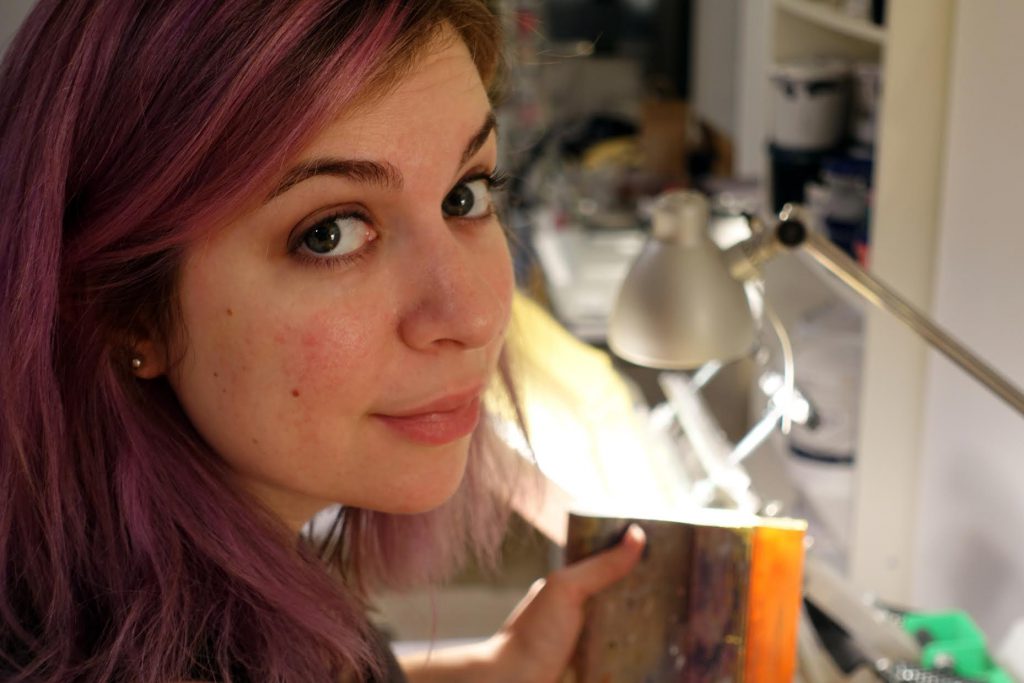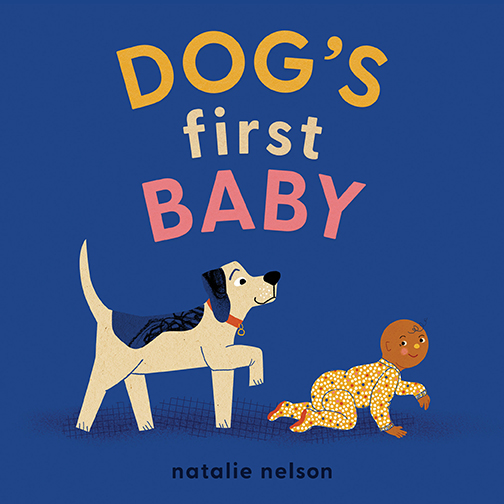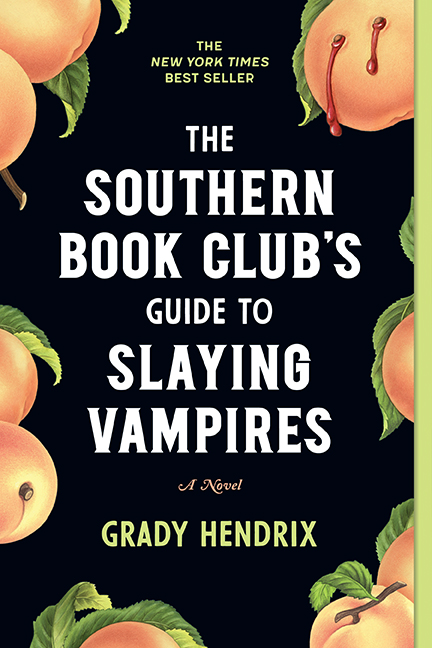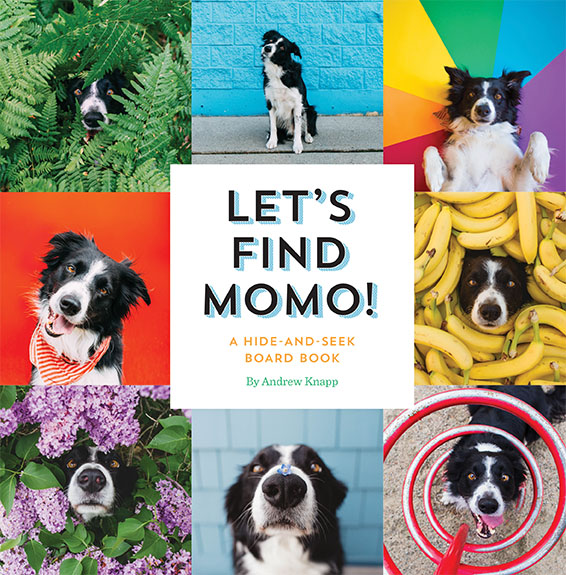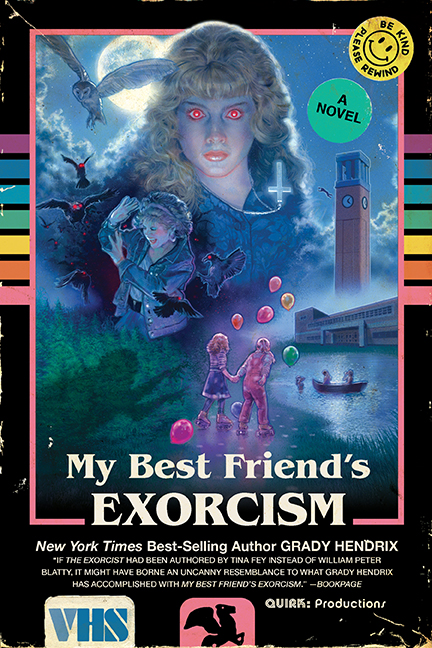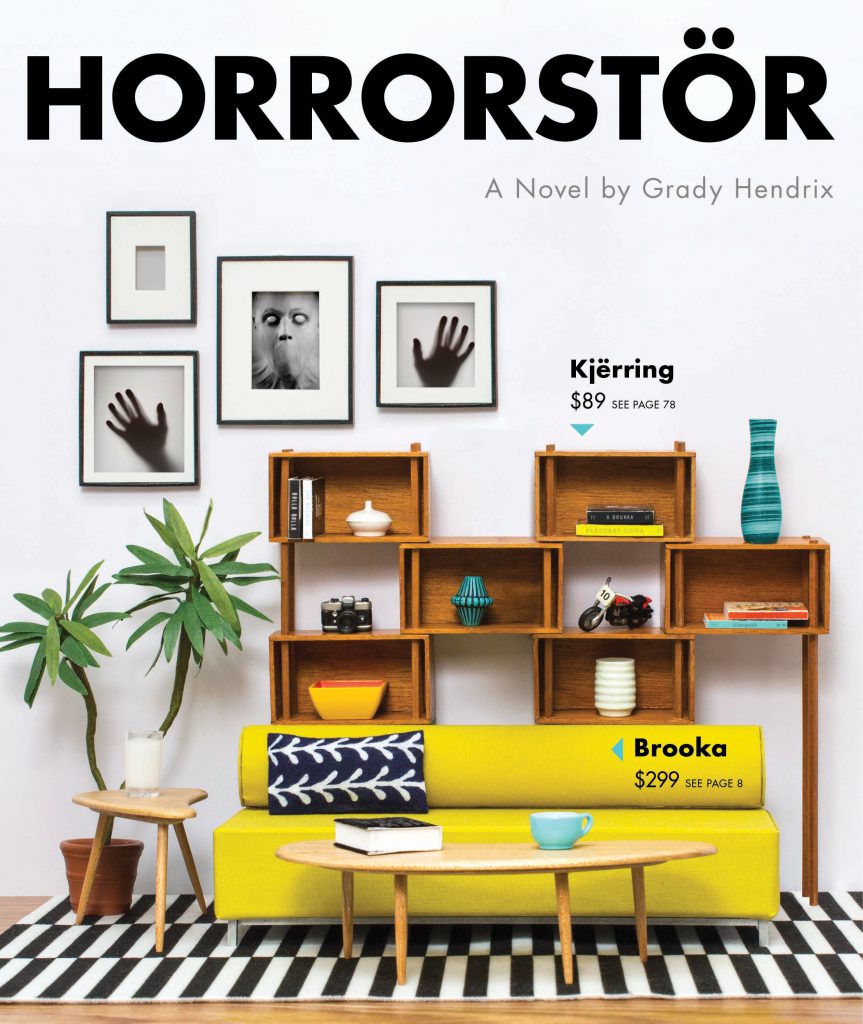Our Blog
Shark Week: Frickin’ Laser Beams
It's Shark Week 2017! Every year, we kick up our feet and watch terrifying sharks on our TV screens—but you weren't going to the beach again this summer, were you? No? Not anymore?
But what are sharks without frickin' laser beams? Share this post if you can find the one shark without a frickin' laser beam.
Infographic created for Quirk Books by Mike Rogalski, eyewashweb.com.
Posted by Quirk Books Staff
On the Spiral Staircase with Blair Thornburgh
Blair Thornburgh is an editor at Quirk Books. She's also an armchair medievalist, feminist virago, extremely poor banjo player, and children's book writer. Her days at Quirk are spent reading Wikipedia articles about Icelandic necromancy for "research," forgetting what she went down to the book room for, eating snacks, and making puns with Rick (oh, and editing books. She does a lot of that). Her hair color changes about every six weeks, give or take. Her first novel Who's That Girl hit bookstores on July 11.
Posted by Quirk Books Staff
What Are You, Some Kind of Comedian?
Ten Dead Comedians is out today! Pick up a copy, but in the meantime, find out what comedic style best fits you. Once you do, share your comedy type on social media using one of the cards below. Don't forget to tag us and use the hashtag #TenDeadComedians!
Oh, and don't forget to play a game of CLUE in our Instagram Murder Mystery! Solve the crime to be entered to win a Murder Mystery Pack.
Infographic created for Quirk Books by Michael Rogalski, eyewashweb.com.
Posted by Quirk Books Staff
Q&A with Jordan Ellis from Jordandené
Jordan Ellis is the incredible force behind Jordandené, which creates all sorts of geeky products—everything from tees and tanks to undies and bags. All products are homemade in Brooklyn. We're super excited to be featuring Jordan here on our blog.
And hey, we even teamed up with Jordandené for a Geekerella tee!
Posted by Quirk Books Staff
Q&A with Jordan Ellis from Jordandené
Jordan Ellis is the incredible force behind Jordandené, which creates all sorts of geeky products—everything from tees and tanks to undies and bags. All products are homemade in Brooklyn. We're super excited to be featuring Jordan here on our blog.
And hey, we even teamed up with Jordandené for a Geekerella tee!
Posted by Quirk Books Staff
June Book Giveaways
Enter to win a copy of one of the following books: Kid Authors, Secret Lives of the First Ladies, Paperbacks from Hell ARC, or Basic Witches!
Posted by Quirk Books Staff
